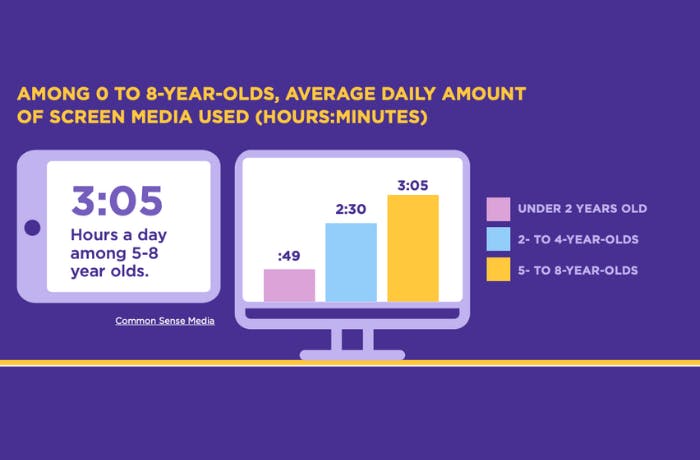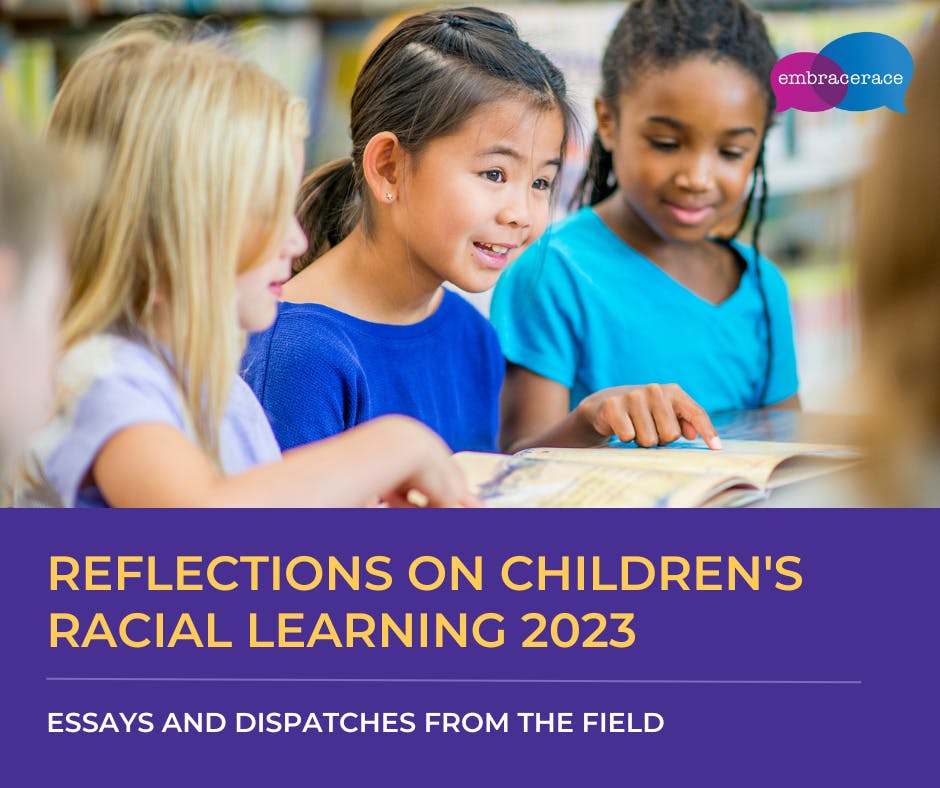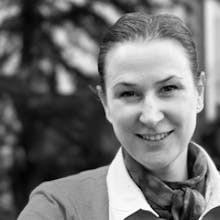Representation of Race in Children’s Media
By Mariana Díaz-Wionczek, Ph.D., from EmbraceRace's 2023 Reflections on Racial Learning

In the last couple of years, particularly since Black Lives Matter, the urgency of calls for increased diversity, representation and inclusion in kids’ media has become undeniable. That in itself is a promising sign. We know that all children can benefit from seeing diverse and inclusive content, whether they are from an under-represented group or not. Seeing realistic, layered portrayals of kids and families can aid in identity development and help kids uncover who they are and who they want to be. Diverse examples also enrich life, exposing kids to things they may not see in their everyday worlds -- places to travel, songs to sing, foods to enjoy. And of course, seeing similarities and differences promotes understanding among people.
We would like to think that parents and teachers are teaching kids about diversity, but they often are not. (1) Media can and should fill the knowledge gaps left by parents and teachers. This is a huge opportunity, and even a responsibility, given how much time kids spend in front of screens. Despite what some might say, kids are not “color-blind.” They learn visually, first and foremost, so seeing a character that looks, sounds, and acts like them will have a great impact on their sense of self-worth. For representation purposes, that means that they need to see human characters, not animals, monsters, or robots. That said, a recent study (2) shows only 42% of preschool TV characters are human, so less than half even have a chance at showing diversity. Of those human characters, only 1/3 are characters of color.

Still, we have seen movement in the media space in recent years. Examples of high-quality representation in the preschool animation space include Rosie’s Rules, centering a blended Mexican American family living in suburban Texas; Molly of Denali, centering an Alaska Native child; and Alma’s Way, centering a Puerto Rican child living in the Bronx. These shows intentionally and effectively embed specific and authentic cultural representation in their storytelling and design choices and, importantly, include members of the portrayed communities among their production teams. There are also examples of established, successful series that have increasingly created space to explore cultural themes. Shows like Daniel Tiger’s Neighborhood and Blue’s Clues have introduced new characters and have dedicated episodes to visiting different communities and portraying different traditions, music, architecture, and more. Going beyond empty gestures at inclusivity, these “deep dive” episodes afford the opportunity to integrate more cultural specificity into popular shows.
Despite the progress we have made, there is still a long way to go. Children’s media can be a powerful springboard to further healthy racial learning if we embrace the opportunities it presents us.
- Visually represent diversity. Based on what we know about child development, children need to see themselves very directly. Kids, especially the little ones, are not known for picking up on subtle cues. When it comes to their learning, simple and direct statements and stories work best. And when it comes to diversity, kids need to see people who look like them on-screen. The most explicit way to show diversity is via physical attributes including skin tone, eye shape, and hair. Besides these physical features, there is also the opportunity to include character names that indicate diverse cultures; linguistic competency, where characters consistently speak a language other than English; and cultural competencies which include themes, music, settings, and props.
- Include fully developed and culturally authentic stories. Featuring multiple diverse characters is only the first step towards true diverse representation in media for kids. Equally as important is representing character perspectives that are layered and specific enough to portray authenticity in terms of race, ethnicity, culture, language, personality, etc., which is achieved by including the details to bring the culture to life like music, clothing, food, and celebrations. Shows ought to check enough boxes in terms of visual diversity and story elements to count as diverse, representative, and inclusive, particularly when it comes to looks, character names, and language and cultural competencies. Diverse portrayals must be direct via human characters, stories, and dialog about racial, ethnic, and cultural differences.
- Diversify behind the scenes. Diversity, representation, and inclusion on screen begins with teams that reflect the diversity of the U.S. population. This means that 50% of any creative team should be people of color. More diverse teams, where people’s background matches that of the characters, will naturally lead to the most authentic content. In turn, authentic content will resonate with more diverse audiences. As far as supporting those who are already engaged in this work, it is important to uplift these voices. Discrimination, microaggression and inherent bias are always prevalent in any space, and it is a slow and steady curve towards equity. Supporting each other in navigating this is at times challenging, but important work.
- Intentionally promote children’s racial learning through media. When it comes to race and ethnicity, decisions need to be deliberate and thoughtful and put the perspectives of diverse human characters front and center as main characters that kids can connect with emotionally, learn from, and be inspired by. In tandem with on-screen and behind-the-scenes representation, when it comes to educational media content there is an opportunity to build robust race education frameworks and curricula. The same way we have series that teach us the ABCs like Sesame Street and social-emotional learning like Daniel Tiger’s Neighborhood or Alma’s Way, it is important to create content and shows that teach and promote healthy racial learning and discourse. This can mean curricula supported both in shows and in long form, short form, and digital content supplementing them. This can include games, supporting materials and printables to be used in the classroom or at home, books and more.
The work we do in Children’s Media doesn’t stop when the TV shuts off or the episode ends, and the full package of the media experience is key to holistic education about race and inclusion. Raising children who are thoughtful and informed about race requires intention from parents, caregivers, and educators. As a community, we are responsible for promoting healthy racial learning across the different spheres of kids’ lives spanning from the home to school, their communities, and the media content they consume. For media creators, it begins with the authentic and direct representation in the shows we create, ensuring this representation is reflected behind the screen, and is completed with follow-up from the families and educators at home and in our communities. Together, we can help affirm children in their experiences and identities, teach children about those they have yet to be exposed to, and raise generations of young ones more comfortable and equipped in navigating race.

This article comes from the introduction of Inaugural EmbraceRace Reflections on Children's Racial Learning. Download all the reflections from leaders attending to children's racial learning in parent practice, education, healthcare, children's media and social science research.
References
- A recent study shows that 68% of parents of children ages 3-12 think that a child’s race or ethnicity impacts their ability to succeed in life, and 31% think it has a major impact.But even though this is true, only 10% of parents are talking to their kids often about race and ethnicity.See Kotler, J.A, Haider, T.Z.& Levine, M.H.(2019).Identity matters: Parents’ and educators’ perceptions of children’s social identity development.New York: Sesame Workshop.
- Johnson, C.R., & Ruggiero, A.(2020, April).See It to Be It: Representation in Children’s Media.

Mariana Díaz-Wionczek
Get Insights In your Inbox
Join the EmbraceRace community! You will receive the newsletter with our latest on race & kids, including upcoming events and opportunities, resources, community news and curated links.
Subscribe


